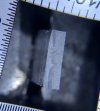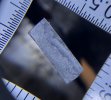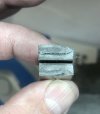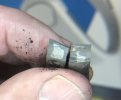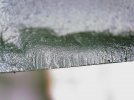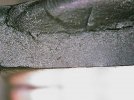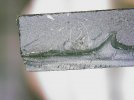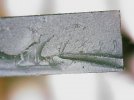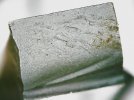ScarFoot
Knifemaker / Craftsman / Service Provider
- Joined
- Sep 16, 2021
- Messages
- 860
I am working on a batch of blades and have a question about tempering. I normally quench, straighten if needed, and try to get them in the toaster oven by the time the blade is cool enough to touch. The problem is my toaster temp varies quite a bit. Even with some cast iron in it. Would it hurt anything to quench them all and put them in the toaster at 250-300 degrees or possibly higher until I get them all quenched and then put them all in my heat treat oven (which is way more precise) for tempering? I can program it to run timed cycles and control ramp rate and everything so I’d really rather use it. I’m trying this now with some test pieces just to figure out what HRc I get at different tempering temps but I don’t want to put a bunch of stresses in my blades. Any thoughts?


